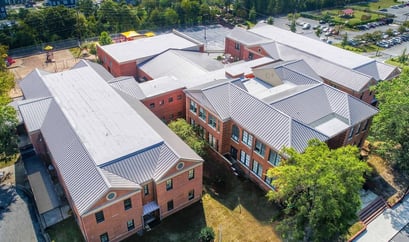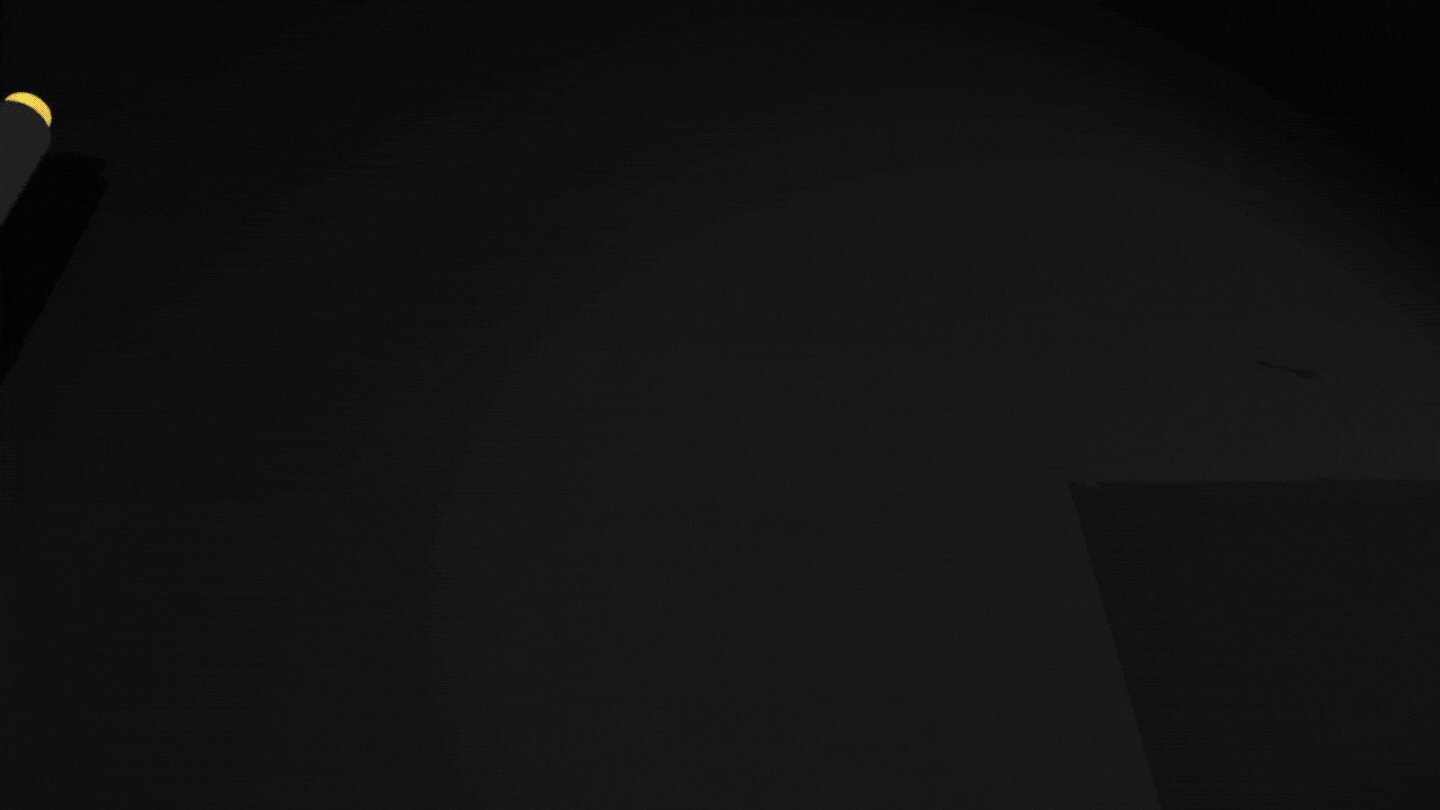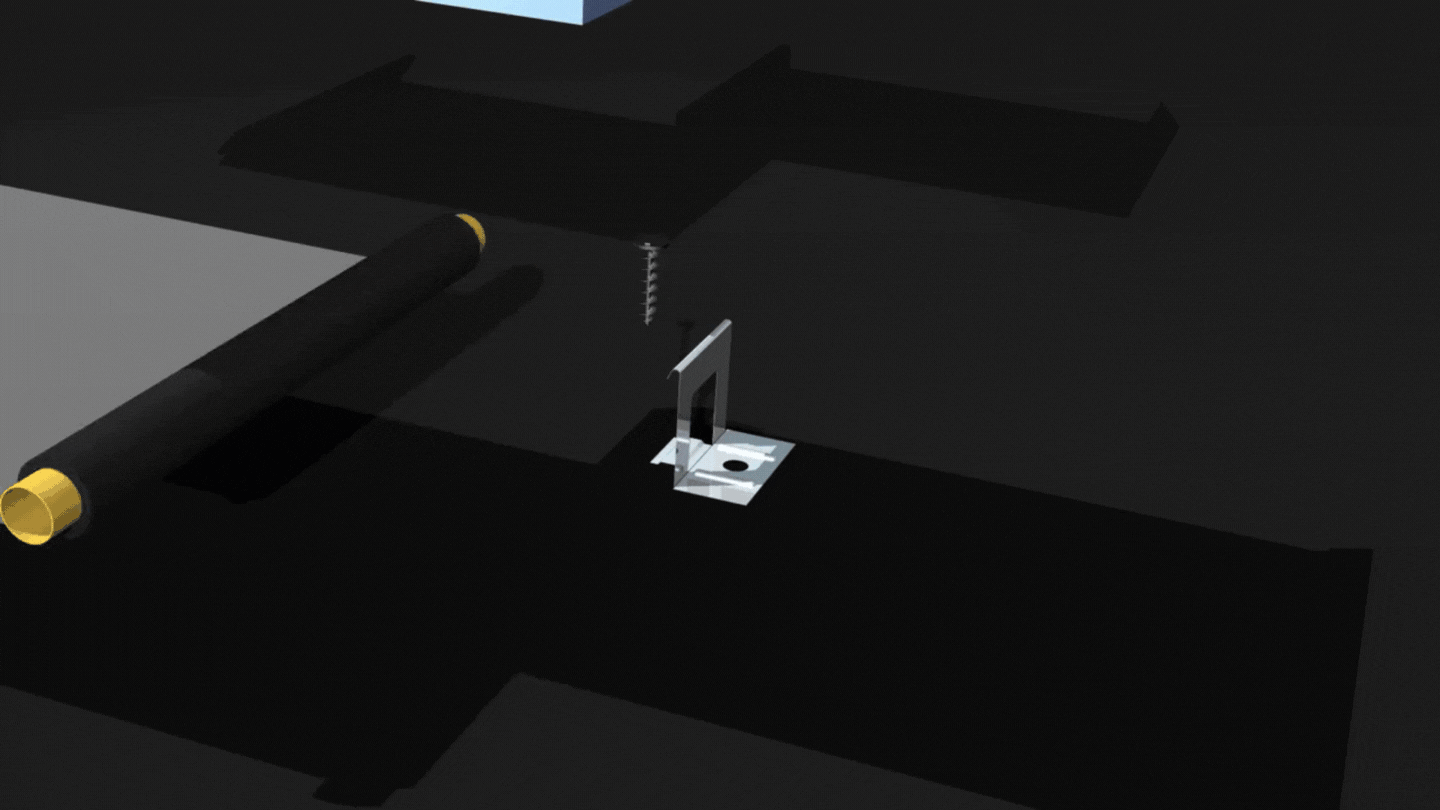Factors that Affect the Installed Cost of Standing Seam Roofing
Most projects start with a budget discussion, so it makes perfect sense that cost is one of the most common questions we hear as people consider different standing seam panel options.
While it seems like a fairly easy question with a simple answer, it’s not. Instead, it’s more like putting together 1000 piece jigsaw puzzle that’s all the same color!
 Some decisions affect others, and things you initially think should fit together may not.
Some decisions affect others, and things you initially think should fit together may not.
To gain a better understanding, let’s explore the various factors that affect both material and labor costs.
Factors Influencing Price
Looking at per square prices can admittedly be a good starting point in budget discussions. But it’s only a starting point because so many variables can change those numbers. The next piece of the puzzle involves considering factors that can drive average per square prices up and down.
Material Gauge: Gauge refers to the thickness of the standing seam panel. In case you’re unfamiliar, a smaller number indicates a heavier gauge, so 22 Gauge panels would be heavier and more expensive than 24 or 26 Gauge panels. While 24 & 22 gauge tends to be the industry norm for commercial projects, 26 gauge options exist for residential and light commercial projects.
Moving between panel gauges typically changes prices by approximately 20% for each gauge, so the decision definitely affects the overall project budget.
Panel Width: Depending on the panel style, the pan width of standing seam panels varies from 12” to 24”. Narrower panels typically cost more. So while 16” is a common panel width, an 18” wide panel would be less expensive and a great way to reduce the overall project budget. To better understand why read Why is Standing Seam Metal Roofing So Expensive?
Clip Spacing: Most people expect the roofing substructure, building geometry, and local building codes to impact the clip spacing used to attach standing seam panels to the substructure. However, they often fail to consider how the panel design also affects clip spacing.
One panel style might require clips at 2’ on center, while another might allow clip spacing at 2’ 6” on center. That subtle difference impacts cost. Closer clip spacing results in a higher quantity of clips, screws, and labor. Consequently, while it’s the easiest approach, it can be an unfair comparison to assume the same clip spacing across different standing seam styles.
Building Size: Building size also impacts cost because the trim & accessories to panel ratio gets smaller as the roof size increases. That means that larger buildings typically cost less per square than smaller buildings. Freight charges between small and large buildings can also skew the numbers compared on a per square basis.
Finish: Panel finish directly impacts product cost. As might be expected, bare GalvalumeⓇ material is the least expensive. Kynar 500Ⓡ/PVDF colors stocked by the manufacturer fall in the mid-range, and custom Kynar 500 colors represent the most expensive option.
Panel Style: The roof slope, building geometry, warranty requirements, aesthetics, and product testing all contribute to panel selection. Sometimes one element removes a panel from consideration, while in others, you may end up with 2-3 panel styles that can work given your project parameters.
Let’s say, for example, you want to use the least expensive standing seam panel, which is a trapezoidal panel like our ML90. However, valley applications and trapezoidal panels don’t play well together. Consequently, if your project includes a valley, you should remove trapezoidal panels from your options simply due to the building geometry.
The above scenario is an excellent example of why asking for price comparisons of different standing seam systems can be dangerous. You simply can’t select a panel style based on price alone. Instead, many factors contribute to proper panel selection. To learn more on this topic, read Choosing the Best Standing Seam Roofing System.
Labor Cost Estimate
With a better understanding of factors that affect material pricing, the final piece of the puzzle involves addressing labor. Again, many criteria prevent the answer from being a simple one. See below for a few examples of issues that contribute to different labor costs.
Building Complexity: Building complexity is one of the most significant labor variables for installing a new metal roof. That’s why labor to install the roof pictured below would be vastly different than the same square footage roof for a straightforward double-sloped building. 
While we highlight a few examples below, always remember any detail or roof element that causes a slower install speed results in higher labor costs.
- Straight gable roofs install more quickly and present fewer challenges than roofs with conditions like hips, valleys, dormers, and chimneys.
- Buildings with low eave heights tend to install more quickly. Consider a simple ranch and a three-story home for comparison. Every element, from debris removal to worker ease and accessibility for material deliveries, is much easier for the ranch-style home.
- Roof slope impacts labor cost. Slope tends to be a non-issue on labor costs for roofs below a 2:12 pitch (which means the roof rises or falls 2” in every 12”). However, as you move into steeper slopes, the installation crews can’t move around the roof as easily, which takes more time. Steeper slope roofs can also require additional safety training, equipment, and processes which all impact cost.
- The roof substructure affects installation speed. Projects with a solid roof deck (such as plywood) allow installers to move around more quickly than those with open framing.
Panel Style: Standing seam panels offer three distinct differences that impact installation speed and, ultimately, labor cost.
 Attachment Method. In most applications, standing seam panels attach through either a clip or a pre-punched fastening flange. Clipped systems take installers more time for several reasons. First crew members can only carry so many clips with them and then need to retrieve more before installation can continue. Take a minute and think about how much time that wasted motion takes. Conversely, panels with the pre-punched fastening flange (and no clips) install much more quickly because installation speed isn’t affected by the need to stop and grab more supplies.
Attachment Method. In most applications, standing seam panels attach through either a clip or a pre-punched fastening flange. Clipped systems take installers more time for several reasons. First crew members can only carry so many clips with them and then need to retrieve more before installation can continue. Take a minute and think about how much time that wasted motion takes. Conversely, panels with the pre-punched fastening flange (and no clips) install much more quickly because installation speed isn’t affected by the need to stop and grab more supplies.
Clip placement or spacing is also critically important for standing seam systems which means the installer must take time to measure the distance from the last clip before installing the next one. In contrast, panels with a fastening flange install more quickly because the installer simply knows how many “slots” he skips up from the last screw without taking time to physically pull a tape and measure the distance
 Panel Engagement. Exposed fastened panels install by overlapping the edges; however, standing seam panels interlock with each other. Some standing seam panels simply snap together, while others require using a seaming machine to roll the two panels together. While it can vary by panel manufacturer, mechanically seamed systems often require hand seaming at each clip location during panel installation. Then the entire roof is seamed with a motorized mechanical seaming machine as a final step after panel installation is complete. Mechanically seamed systems require more installation time than panel styles that snap. Consequently, mechanically seamed systems cost more to install.
Panel Engagement. Exposed fastened panels install by overlapping the edges; however, standing seam panels interlock with each other. Some standing seam panels simply snap together, while others require using a seaming machine to roll the two panels together. While it can vary by panel manufacturer, mechanically seamed systems often require hand seaming at each clip location during panel installation. Then the entire roof is seamed with a motorized mechanical seaming machine as a final step after panel installation is complete. Mechanically seamed systems require more installation time than panel styles that snap. Consequently, mechanically seamed systems cost more to install.
- Panel Installation. The techniques required during panel installation also impact labor costs. For example, some panel systems, like our Maxima, need to be “rolled” into place. These systems require crew members to be staged along the entire panel length as they lift the panel, hook it onto the previous panel and then roll it into place. The process can be poetry in motion when all goes well. It can also cause delays (not to mention weather integrity issues) when a crew member rolls the panel too early or late compared to everyone else. In contrast, systems like our 238T eliminate the need to roll panels into place. Instead, they simply push together, making installation quicker and less stressful, resulting in lower labor costs.
Location: Project location also impacts labor costs.
- In some cities, healthy competition between multiple installers helps reduce labor costs. In contrast, it’s not unheard of in less populated areas for a lone contractor to drive 60-70 miles to handle a project. In those cases, it’s important to remember that the crew spends a couple of hours each day in non-productive time, making labor costs appear unusually high.
- Weather variables also impact labor costs. In January, there’s a big difference between what a crew can get done in Minneapolis, MN, and Ft. Myers, Florida. The MN crew may start the day shoveling snow or, at the very least, waiting a few hours for frost to clear the roof. Once they can begin installing panels, winter clothing means they likely move more slowly. It’s also likely they will need frequent breaks to warm up. In contrast, their Florida counterparts can start working at 7:00 am sharp in short sleeve shirts with just regular break times. From safety to comfort issues, location and weather impact labor costs.
Contractor Backlog: We’ve all heard the hiring horror stories of late. From restaurants closing early to canceled flights, businesses can’t find enough bodies. Unfortunately, construction crews face the same challenges. With fewer bodies to do the work, it’s not uncommon for schedules to be out for several months. Consequently, labor costs run higher today than they were before the pandemic. It all goes back to economics. In essence, it’s senseless to put something on sale when it’s already in short supply. So if you’re looking for a labor bargain, you'll likely need to wait until demand recedes.
Remodel vs. New Construction: Remodel work typically incurs more labor than new construction. In many cases, the additional labor stems from removing the existing roofing materials; however, addressing structural issues is also a frequent contributor to higher remodel costs. Lastly, remodel construction can be fraught with unknown problems, so many contractors allow extra time in their bids to address and resolve unforeseen issues.
Summary
While asking for a cost comparison between standing seam roof systems feels like an easy question, there are many parts to the puzzle.
The best way to obtain budget numbers for your upcoming project is to use our Find a Contractor tool to locate professionals who can help with material and labor estimates. Or contact us, and we’ll be happy to help with product selection and material costs.
About McElroy Metal
Since 1963, McElroy Metal has served the construction industry with quality products and excellent customer service. The employee-owned components manufacturer is headquartered in Bossier City, La., and has 14 manufacturing facilities across the United States. Quality, service and performance have been the cornerstone of McElroy Metal’s business philosophy and have contributed to the success of the company through the years. As a preferred service provider, these values will continue to be at the forefront of McElroy Metal’s model along with a strong focus on the customer.



.png?width=767&name=How%20AI%20and%20Visualization%20Tools%20Are%20Changing%20the%20Way%20Metal%20Buildings%20Are%20Designed%20(1).png)
.png?width=767&name=What%20to%20Expect%20When%20You%20Order%20From%20McElroy%20Metal%20(1).png)

.png?width=440&height=293&name=How%20to%20Install%20Metal%20Roofing%20Over%20Existing%20Metal%20Roofs%20(1).png)


Comments on this article:
Scroll down to the bottom to submit a comment and join the conversation. Need help or have a question? Please contact us. Looking for a distributor or contractor? Please click here to get started.